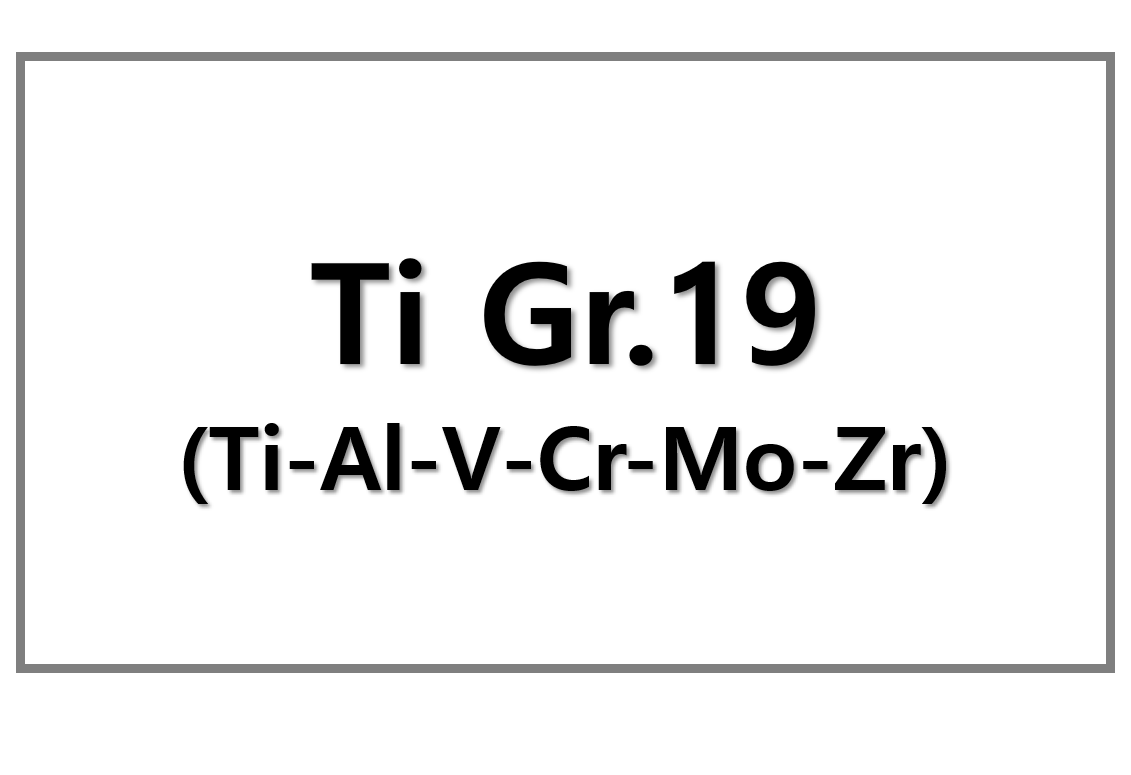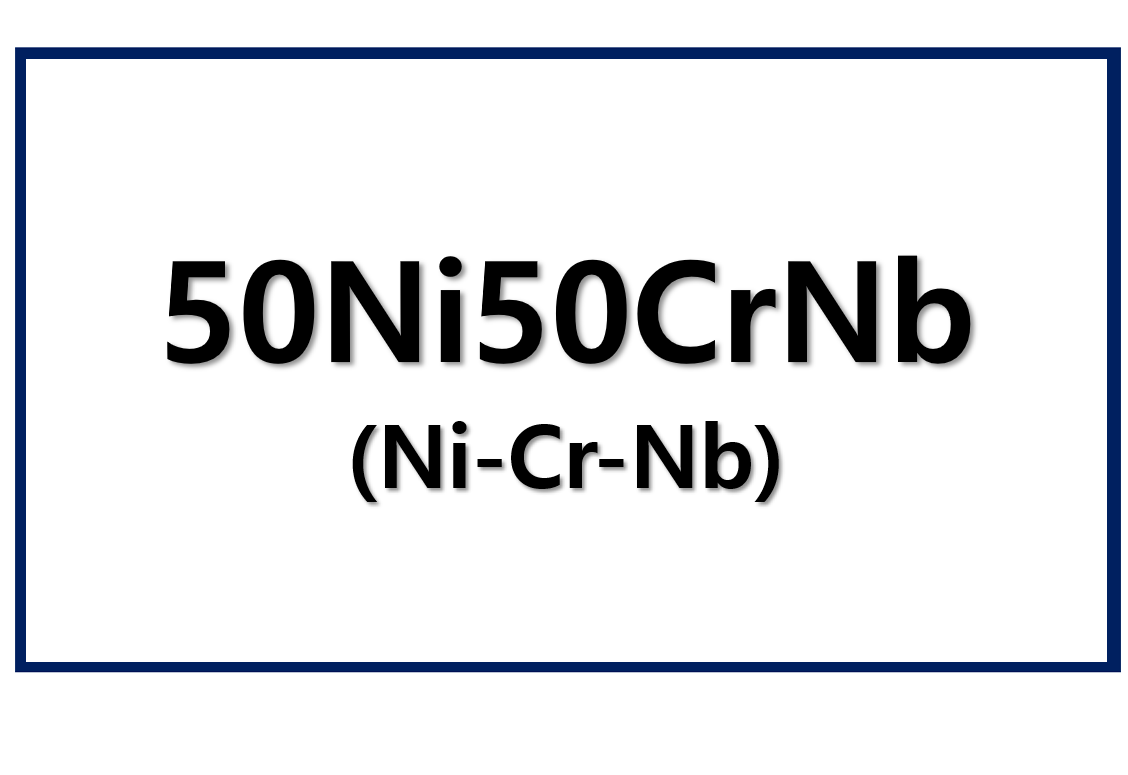
The US Energy Information Administration (EIA) has revised its forecast, predicting a slowdown in global oil demand growth and falling oil prices through 2026. The shift stems from new tariff policies, accelerated oil production, and broad market uncertainties.
Oil Demand and Prices Face Downward Pressure
In its April Short-Term Energy Outlook (STEO), the EIA reports global petroleum demand will grow more slowly than previously projected. It expects oil demand to rise by 900,000 barrels per day (bpd) in 2025 and 1 million bpd in 2026. These figures are 400,000 bpd and 100,000 bpd lower than last month’s estimates, respectively.
This change follows the announcement of new US tariffs. President Donald Trump recently imposed a minimum 10% tariff on imports from all countries, with higher tariffs on selected nations. In response, OPEC+ moved up its production increases to May instead of July. These moves have shaken oil markets, triggering a 12% drop in Brent crude prices to $68 per barrel as of April 4, 2025.
Global Output Rises, But Uncertainty Lingers
Despite lower demand projections, global and US oil production continues to grow. OPEC+ is accelerating output, and the US has exempted energy from its new tariffs, giving domestic producers a temporary edge. This is expected to increase global inventories by mid-2025.
However, the EIA warns that economic uncertainty could dampen petroleum demand. Slower global growth could reduce consumption of key fuels like crude oil, gasoline, and propane.
The EIA forecasts Brent crude prices will average below $70 per barrel in 2025 and fall to just over $60 per barrel in 2026—about 10% lower than March’s outlook.
Additional downward pressures include ongoing sanctions on major oil-exporting nations like Russia, Iran, and Venezuela.
Gasoline, Propane, and Natural Gas Trends
Due to lower oil prices, US gasoline prices are expected to average around $3.10 per gallon this summer.
Meanwhile, China’s retaliatory tariffs on US goods will likely reduce propane exports, leading to increased propane inventories along the US Gulf Coast.
The EIA also sees natural gas demand growing by 4% in 2025, driven by export growth and higher residential and commercial heating demand. US gas inventories ended the winter 6% below their five-year average due to an early 2023 cold spell.
As the market adapts to these changes, industry stakeholders must monitor pricing trends closely. For more updates on energy and metal markets, visit SuperMetalPrice regularly.











Leave a Reply
You must be logged in to post a comment.